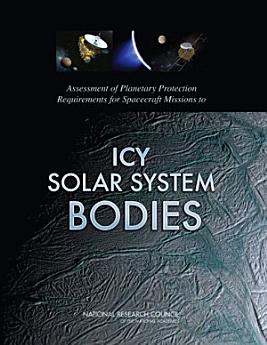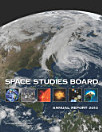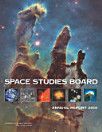Assessment of Planetary Protection Requirements for Spacecraft Missions to Icy Solar System Bodies
National Research Council · Division on Engineering and Physical Sciences · Space Studies Board · Committee on Planetary Protection Standards for Icy Bodies in the Outer Solar System
Jul 2012 · National Academies Press
Ebook
94
Pages
reportRatings and reviews aren’t verified Learn More
About this ebook
NASA's exploration of planets and satellites during the past 50 years has led to the discovery of traces of water ice throughout the solar system and prospects for large liquid water reservoirs beneath the frozen ICE shells of multiple satellites of the giant planets of the outer solar system. During the coming decades, NASA and other space agencies will send flybys, orbiters, subsurface probes, and, possibly, landers to these distant worlds in order to explore their geologic and chemical context. Because of their potential to harbor alien life, NASA will select missions that target the most habitable outer solar system objects. This strategy poses formidable challenges for mission planners who must balance the opportunity for exploration with the risk of contamination by Earth's microbes, which could confuse the interpretation of data obtained from these objects.
The 2000 NRC report Preventing the Forward Contamination of Europa provided a criterion that was adopted with prior recommendations from the Committee on Space Research of the International Council for Science. This current NRC report revisits and extends the findings and recommendations of the 2000 Europa report in light of recent advances in planetary and life sciences and, among other tasks, assesses the risk of contamination of icy bodies in the solar system.
Rate this ebook
Tell us what you think.
Reading information
Smartphones and tablets
Install the Google Play Books app for Android and iPad/iPhone. It syncs automatically with your account and allows you to read online or offline wherever you are.
Laptops and computers
You can listen to audiobooks purchased on Google Play using your computer's web browser.
eReaders and other devices
To read on e-ink devices like Kobo eReaders, you'll need to download a file and transfer it to your device. Follow the detailed Help Center instructions to transfer the files to supported eReaders.








